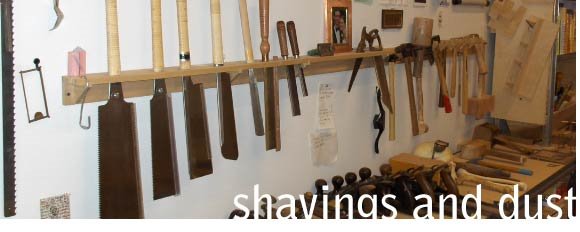As our world gets increasingly more fragmented (not just a doctor but a pediatric surgeon, not just a historian but a medieval European historian, not just a designer but an interior designer for office environments), the sheer amount of information we become responsible for often requires us to don blinders, to lose sight of larger contextual realities. As designers, especially, it is our job to not just remove the blinders, but to replace them with special lenses that allow us a 360 degree view of the world. Our job is to make connections, to examine relationships critically, to build bridges. The way that I try to do this in my teaching life is by enabling design students to also fabricate the things and spaces they have designed, to add a dimension to their design work; that is, to add designing with their hands to the designing they are already doing in their heads.
Every student I have worked with here has really taken to the process. Making is such an inherently hopeful and empowering act that it is hard to avoid getting caught up in the sheer joy and excitement of helping raw materials become an object through the use of your own hands and eyes and mind. This was the case with Alison.
Outside the faculty offices on the 6th floor of the Warehouse (the building in which the Design Department is housed) we needed a furniture object to give us a place to put pamphlets, to display new materials, and to collect student work and projects. This is exactly the kind of real-world opportunity that we look for, of course. Client-driven, a clear set of requirements (what we call a "program"), and a scale that is achievable in a semester. I asked around in our senior class and Alison leapt at the chance.
Over the course of the semester Alison submitted different designs and we talked about materials. Our department has a great interest in sustainable practices so she wanted to find a material that would fit within that thinking but of course "sustainable material" is a little hard to define. Where it comes from is a factor, as is the way the material is harvested and the way it is processed, shipped, and sold. Wading through all of this requires research and diligence, and eventually Alison found a local company that specialises in LEED certified materials. They had three sheets of a product called Plyboo, which is made out of bamboo (a rapidly renewable resource) that had been water stained and had been refused by a client. The company would not take the sheets back either, and they were sitting gathering dust in their storage. This kind of "front end salvage" plays a large role in my studio work, of course, and we were excited to be able to rescue it from limbo.

The linear quality of the material itself drove the lines of the design, and we ended up with a clean, simple form that really showcases the material well. Another former student (who is from Vermont where they have a lot of cows) serendipitously emailed me about a company called Vermont Natural Coatings that is making no-VOC furniture finish out of whey, a byproduct of the cheese-making process. They were very nice over there and sent us some sample finish, and I can report that it is very easy to apply and that it looks really nice.
 | |
| The cabinet was screwed together with stainless steel screws |
End result: A real-world student designed and fabricated object made with rapidly renewable material and finished with an experimental, renewable, no-VOC finish. That's a good day.


